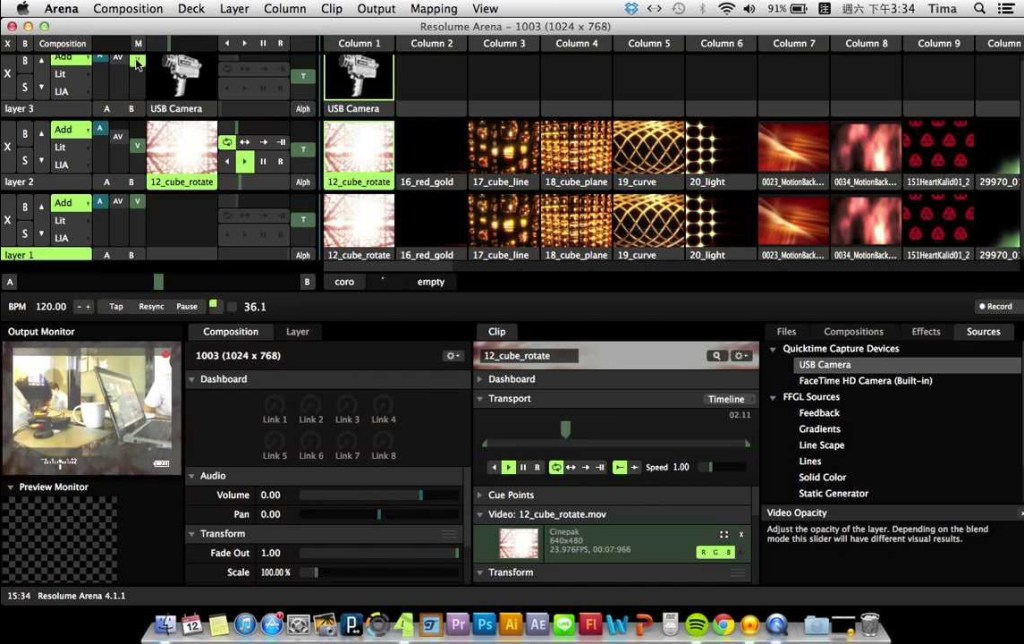


You can follow the steps here: Create your first plugin

Go to Preferences->Video and make sure that Resolume's looking in the right folder for your FFGL plugin. Let's take the effect AddSubtract and go ahead and build it (by right-clicking the project file and clicking Build). Next, let's export one of the example plugins just to make sure we can do this process from start to finish. I'm going to focus on effects since that should give you an idea of how to use textures and variables controlled by Resolume. effects have one input texture, and mixers have two or more input textures. sources are also known as generators - they take no texture input and create an output just from the code you write. Once it's imported, you can see the folders here for the different types of plugins you can create. Running the ExamplesĬheck out the repo above and open up the included solution file at build/windows/FFGLPlugins.sln You'll also need Git and Visual Studio installed. This has helped me with basically everything I do with computer graphics even if I'm not directly using either OpenGL or C++. However, if you really want a good foundation, I highly recommend this book, Computer Graphics Programming in OpenGL with C++. If you're looking for online resources, I recommend The Book of Shaders. You don't need to be an expert, but you'll want to have some basic familiarity with concepts like vertex shaders, fragment shaders, and texture mapping. To get the most out of this tutorial, you'll want some familiarity with OpenGL and C++. Watch the video above for a walkthrough, or read below if that fits your learning style!


 0 kommentar(er)
0 kommentar(er)
